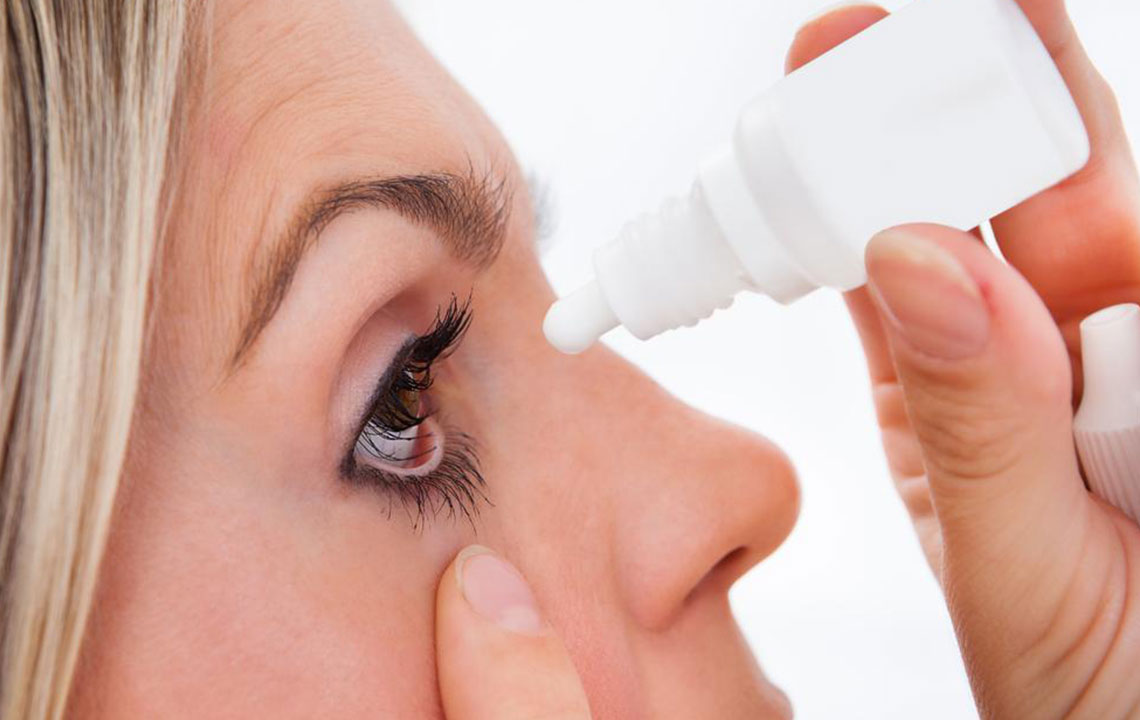Comprehensive Guide to Dry Eyes: Causes, Symptoms, and Diagnostics
This comprehensive guide explores dry eye causes, symptoms, and diagnostic methods. It highlights the significance of understanding tear film components, risk factors like autoimmune diseases, environmental influences, and treatments such as artificial tears and lifestyle adjustments. Early diagnosis and tailored therapies are crucial for preventing serious complications and maintaining eye health.

Comprehensive Guide to Dry Eyes: Causes, Symptoms, and Diagnostics
Dry eye syndrome occurs when the eyes fail to produce adequate tears, causing discomfort and potential tissue damage. Lack of proper eye lubrication results in surface dehydration, affecting many individuals globally.
Symptoms include redness, irritation, blurred vision, sensitivity to light, itching, heaviness, burning sensation, soreness, and the feeling of foreign objects. Excessive tearing may happen as a reflex but doesn't alleviate dryness.
Our tears comprise oils, water, and mucus, creating a protective film that prevents infections and supports ocular health. Proper tear composition ensures moistness, dust removal, and microbial protection.
If diagnosed with dry eyes, healthcare providers recommend appropriate treatments. Recognizing the underlying causes also aids preventive measures.
Dry eyes primarily result from reduced tear production or increased tear evaporation. Decreased tear secretion, called Keratoconjunctivitis Sicca, can be associated with aging, autoimmune diseases like Sjogren's syndrome, rheumatoid arthritis, thyroid disorders, diabetes, vitamin A deficiency, certain medications, laser procedures, or gland injury.
Elevated evaporation is often linked to prolonged screen use, infrequent blinking, windy or smoky environments, or eyelid abnormalities disrupting tear distribution. Gland dysfunction impairs tear film stability, leading to dryness.
Disruption of tear film layers—oil, water, and mucus—causes different dry eye types: 'evaporative' from oil deficiency, or 'aqueous-deficient' from water shortage. Blockages or inflammation can worsen symptoms.
Eye examinations are essential for diagnosing dry eye, assessing tear production, and ocular surface health since symptoms alone may not be sufficient. Accurate diagnosis enables targeted treatment.
Treatments include artificial tears, eye breaks during screen time, and medications to enhance tear production or reduce inflammation. Early detection is vital, especially in polluted regions, to prevent lasting damage.


